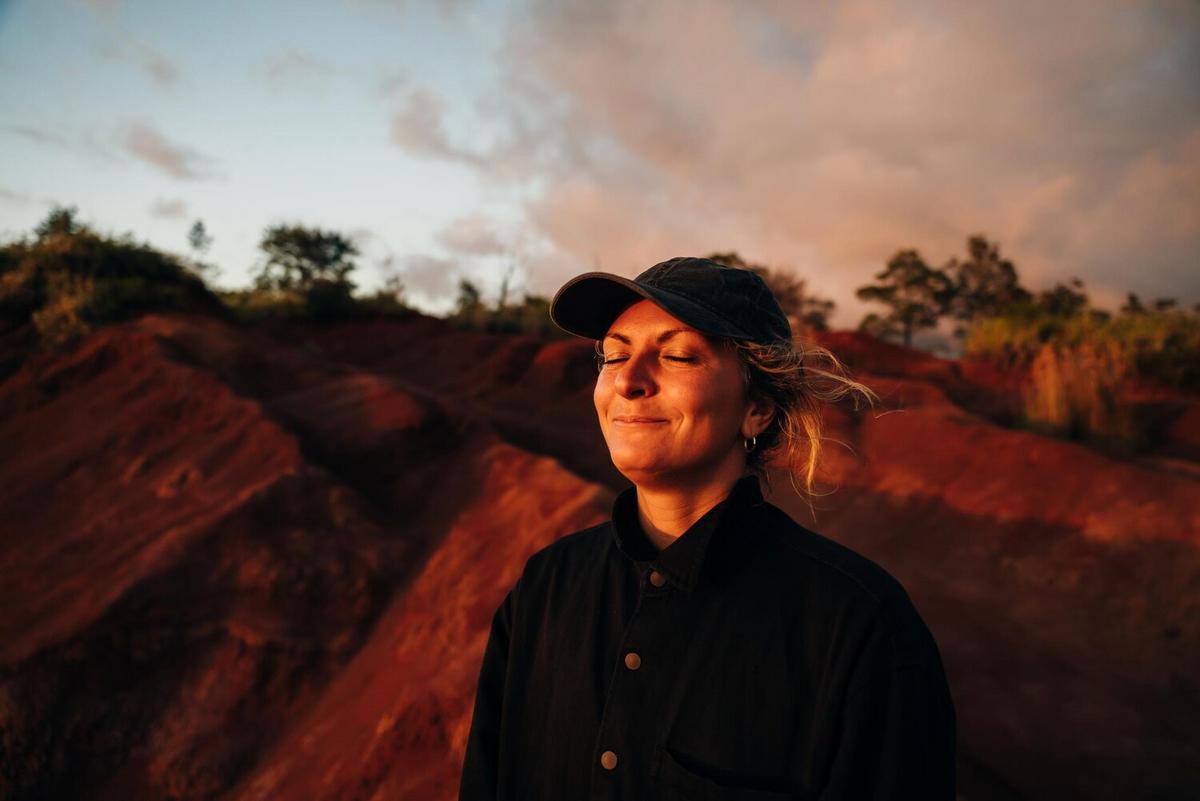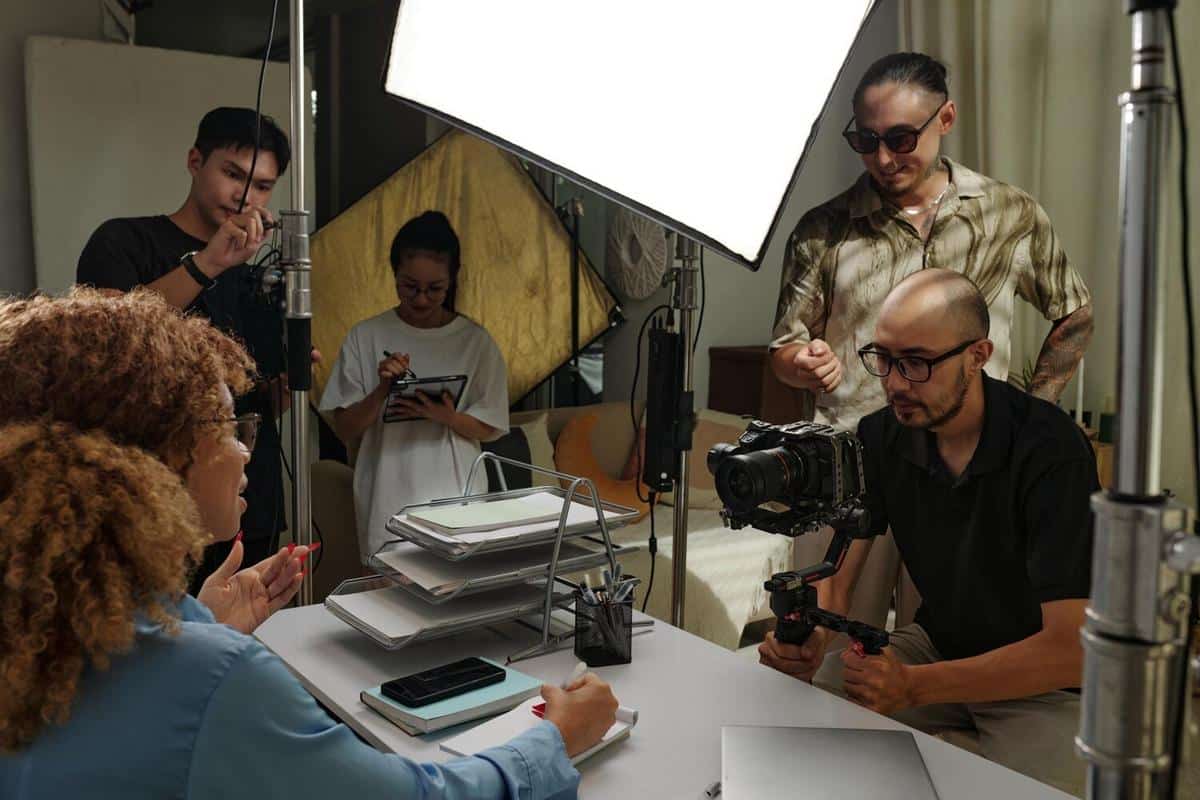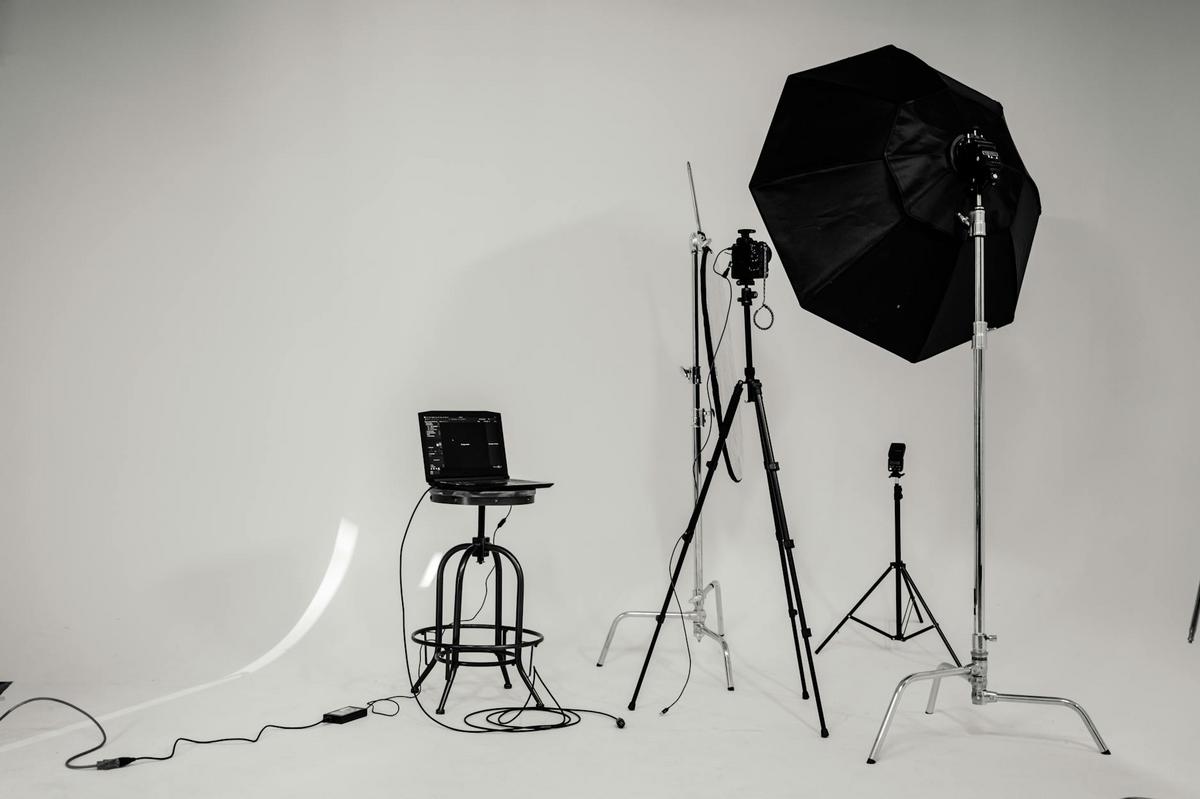
How to Capture Stunning Portraits with Natural Light
Capturing stunning portraits with natural light is an art form that can transform ordinary moments into extraordinary memories. Whether you’re a seasoned photographer or just starting out, understanding how to harness the power of natural light can elevate your portrait photography to new heights.
Natural light offers a soft, flattering glow that can enhance your subject’s features without the need for artificial lighting. According to renowned photographer Ansel Adams, ‘You don’t take a photograph, you make it,’ emphasizing the creative process involved in capturing the perfect shot. In this article, we’ll explore expert tips and techniques for making the most of natural light in your portrait photography.
Understanding Light
Natural light can vary greatly throughout the day, and knowing when to shoot can make all the difference. Research shows that the ‘golden hour’—the hour just after sunrise and before sunset—provides the most beautiful light for portraits. This time offers soft, diffused light that reduces harsh shadows and highlights.
Choosing the Right Location
Consider locations that offer ample natural light, such as open fields, beaches, or urban settings with reflective surfaces. Each location provides unique opportunities to play with light and shadow. For example, shooting near a window can create a dramatic effect with natural light streaming in.
Techniques for Capturing Stunning Portraits
- Use reflectors to bounce light onto the subject’s face, softening shadows and adding dimension.
- Experiment with backlighting to create a halo effect around your subject, adding a touch of magic to your portrait.
- Consider the angle of light; side lighting can add depth, while front lighting creates a more even tone.
Practical Advice
One of the most effective ways to learn is through practice. Take your camera out during different times of the day to understand how light changes and affects your images. A simple cloud cover can act as a natural diffuser, providing soft, even lighting.
Experiment with different shutter speeds to capture the perfect exposure. Slower speeds can capture more light, enhancing your portrait’s mood.
Tools and Resources
For those eager to deepen their understanding, online courses and workshops can provide valuable insights. Resources like CreativeLive offer courses on portrait photography that focus on natural light techniques.
Conclusion
Mastering the art of capturing stunning portraits with natural light requires patience and practice. By understanding the nuances of natural light and applying the techniques discussed, you can create portraits that resonate with emotion and beauty.
Frequently Asked Questions
What is the best time of day for natural light portraits?
The golden hour, right after sunrise and before sunset, is ideal due to its soft, diffused light.
Do I need special equipment to work with natural light?
No special equipment is needed, but reflectors and diffusers can help control and enhance natural light.
How can I improve my natural light photography skills?
Practice regularly and experiment with different settings, times, and locations to better understand light dynamics.


